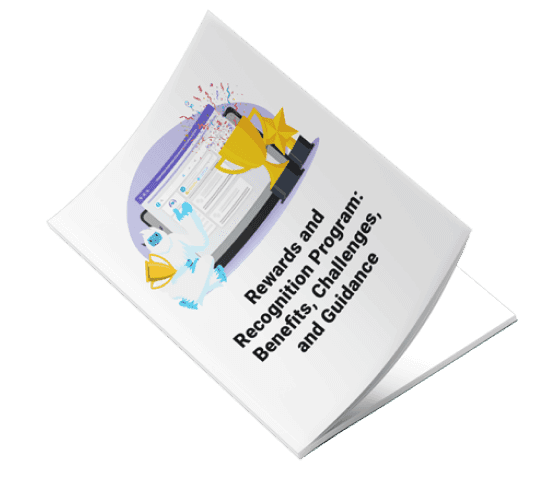
13 Compelling Benefits of Peer-to-Peer Recognition | Motivosity
May 14, 2024
|
Logan Mallory
What is Peer-to-Peer Recognition?
Does a Peer Recognition Program Matter?
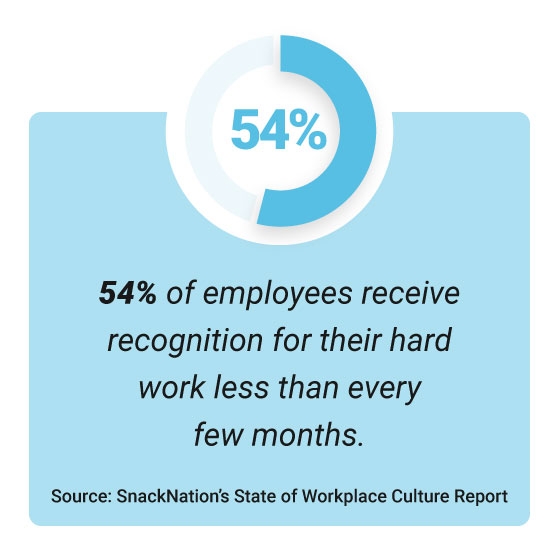
13 Benefits of a Peer-to-Peer Employee Recognition Program
1. Create a High-Performing Corporate Culture
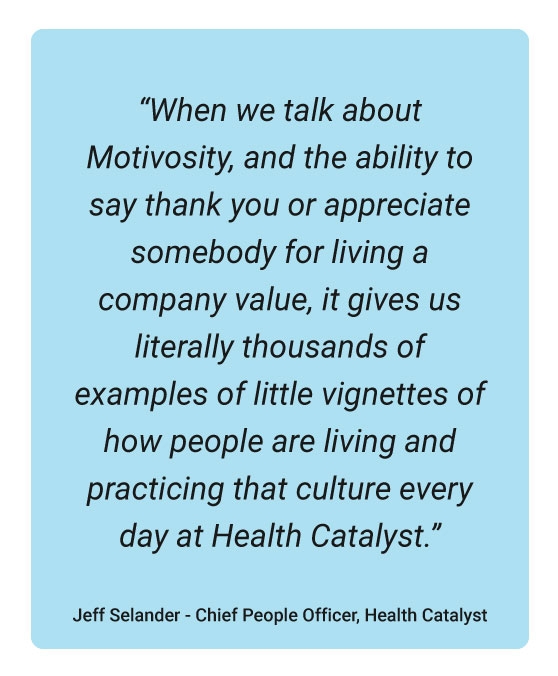
2. Peer Recognition Programs are Easy to Implement
3. Save HR Leaders Valuable Time
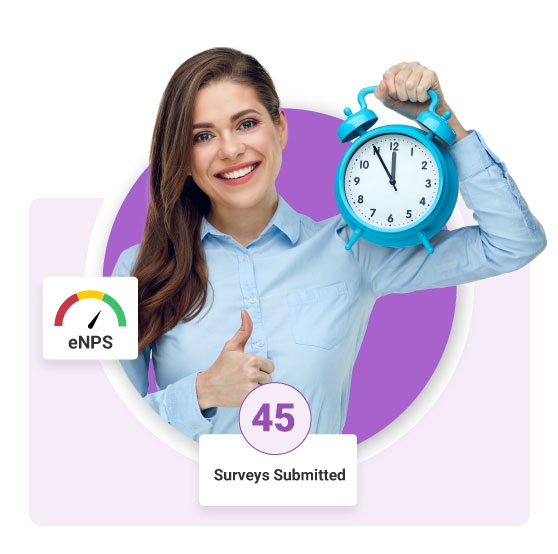
4. Provide Great Programming at a Low, Predictable Cost
5. Teams Love Peer Recognition
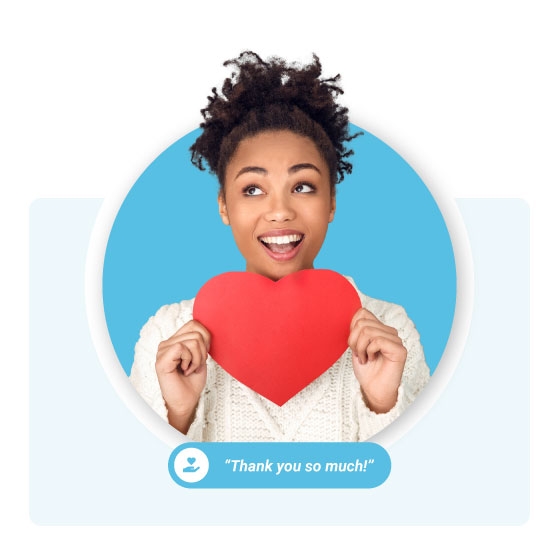
6. Use Peer Recognition as a Recruitment Tool

7. Build and Maintain Team Loyalty
8. Help Teams Build Real Friendships
9. Provide an Additional Medium for Feedback

10. Increase Genuine and Organic Interactions
11. Make Rewards Worthwhile
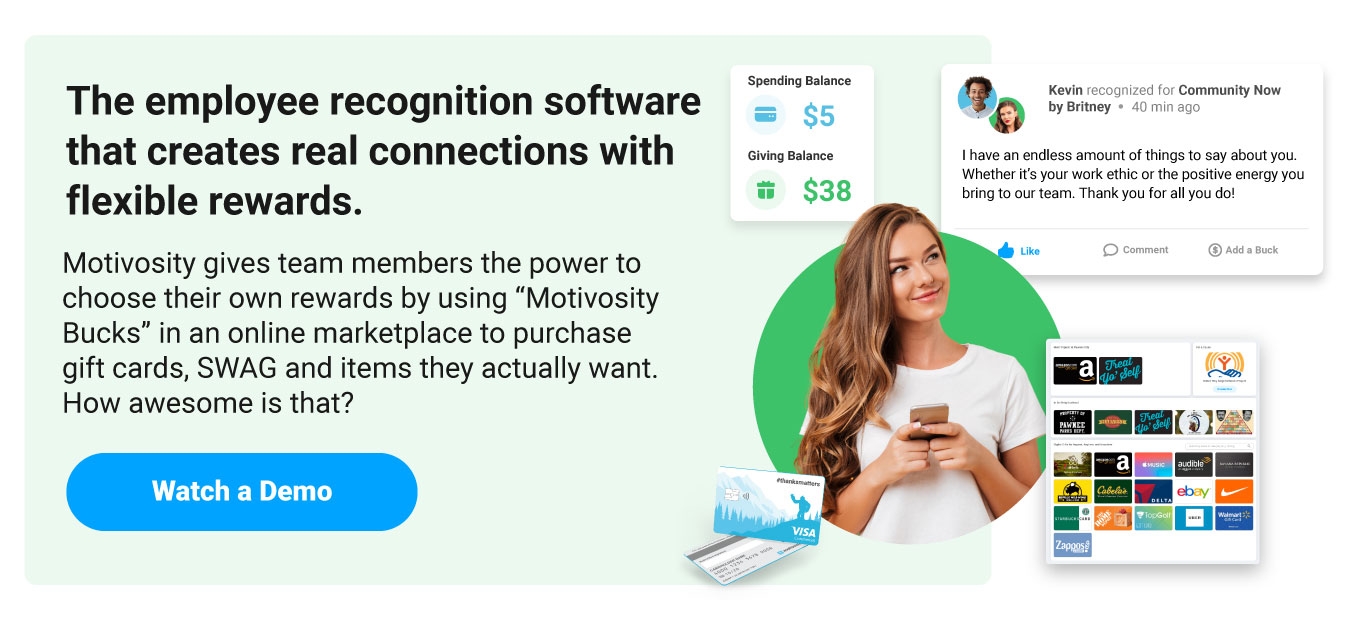
12. Increase Employee Engagement
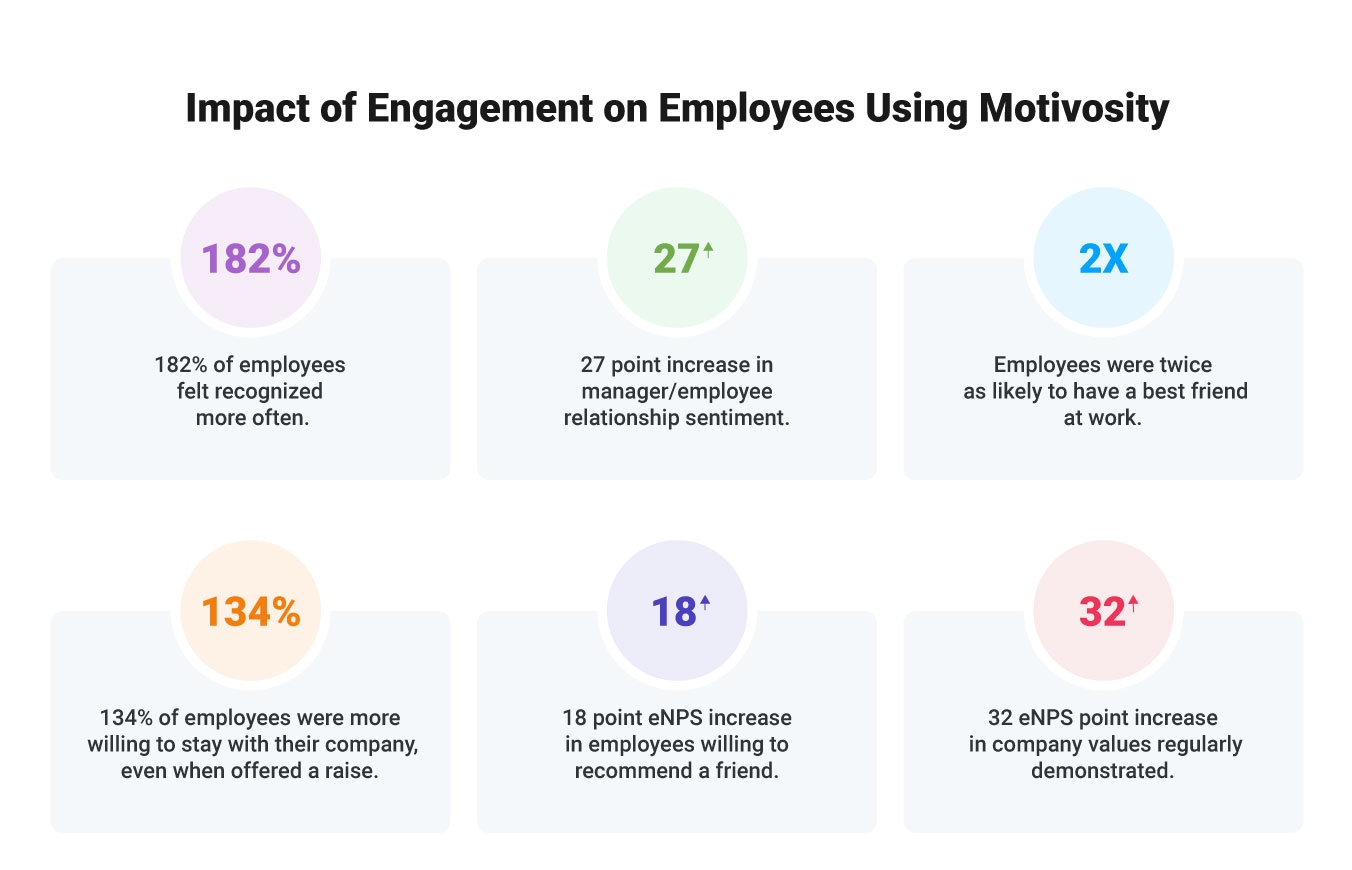
13. Protect Your Investment in People

How to Get Started with Peer-to-Peer Recognition from Motivosity
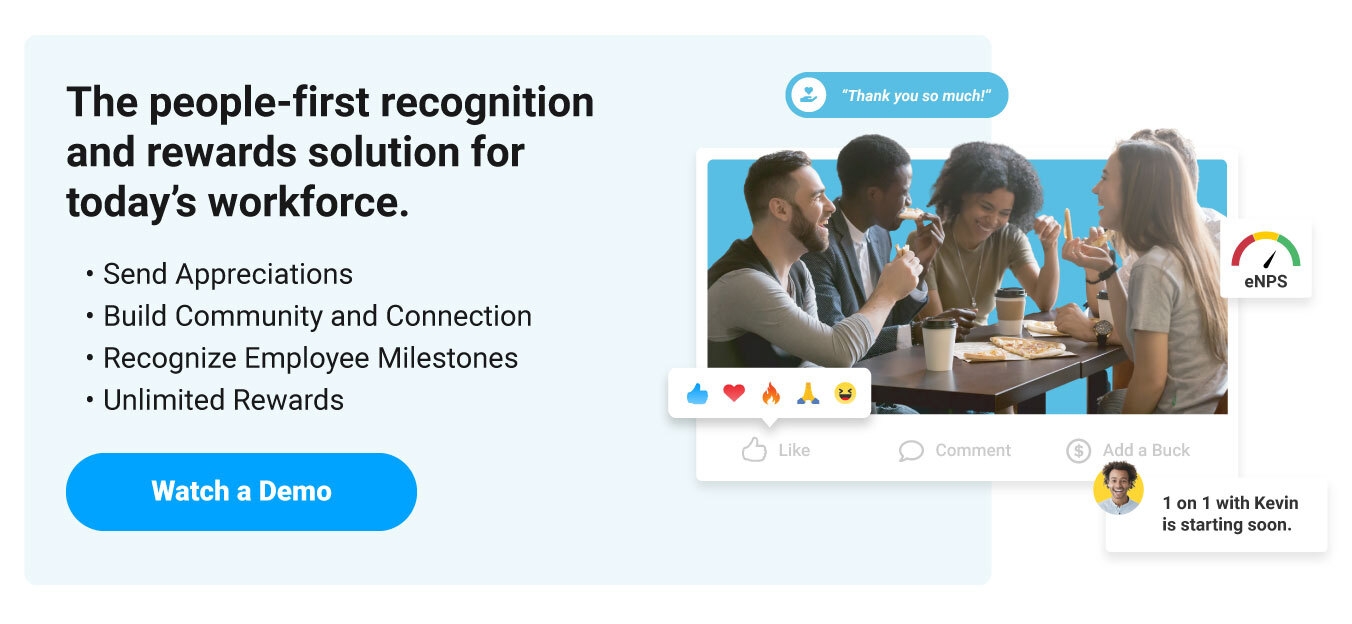
About the Author

Logan Mallory is the Vice President of Marketing at Motivosity. He has held roles previously at LogMeIn, Jive, and Workfront. Logan writes and speaks on leadership, culture, marketing, and HR topics. He is an adjunct professor at BYU's Marriott School of Business. Logan lives with his family in Utah, and has deep ties to Michigan, Washington, and Texas.
Learn More
Learn More


